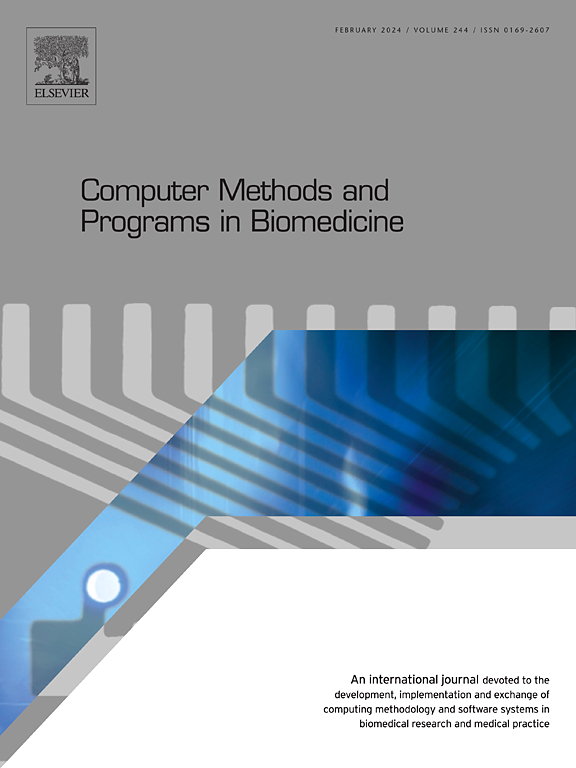Fine-tuning large language models for improved health communication in low-resource languages
IF 4.9
2区 医学
Q1 COMPUTER SCIENCE, INTERDISCIPLINARY APPLICATIONS
引用次数: 0
Abstract
Background
The reported study illustrates a methodology for compiling training datasets to fine-tune Large Language Models (LLMs) for healthcare information in Vietnamese, a low-resource language. The objective is to bridge the gap in medical information accessibility and enhance healthcare communication in developing countries by adapting LLMs to specific linguistic nuances and domain needs.
Method
The methodology involves selecting a base model, compiling a domain-specific dataset, and fine-tuning the model with this dataset. Three open-source models were selected. The dataset, comprising approximately 337,000 prompt-response pairs in Vietnamese, was compiled using existing datasets, data crawled from Vietnamese medical online forums, and distilled from Vietnamese medical textbooks. The three models were fine-tuned using the Low-Rank adaptation (LoRA) and Quantized Low-Rank adaptation (QLoRA) techniques. Models’ performances were evaluated using BertScore score, Rouge-L score, and the "LLM-as-a-Judge" method.
Results
The fine-tuned models showed enhancements in performance over their base versions across evaluation metrics in BertScore score, Rouge-L score and “LLM-as-a-Judge” method, confirming the effectiveness of the fine-tuning process. This study details the process of fine-tuning open-source LLMs for health information inquiries in Vietnamese, demonstrating its potential to improve healthcare communication in low-resource languages. Deploying the fine-tuned LLM on-premise enhances data privacy and security. However, the significant computing power and costs required pose challenges, especially for organizations in developing countries.
Conclusion
This case study highlights the unique challenges faced by developing countries using low-resource languages. Initiatives are needed to emphasize efforts to bridge healthcare gaps in underserved areas and contribute to global health equity.
求助全文
约1分钟内获得全文
求助全文
来源期刊

Computer methods and programs in biomedicine
工程技术-工程:生物医学
CiteScore
12.30
自引率
6.60%
发文量
601
审稿时长
135 days
期刊介绍:
To encourage the development of formal computing methods, and their application in biomedical research and medical practice, by illustration of fundamental principles in biomedical informatics research; to stimulate basic research into application software design; to report the state of research of biomedical information processing projects; to report new computer methodologies applied in biomedical areas; the eventual distribution of demonstrable software to avoid duplication of effort; to provide a forum for discussion and improvement of existing software; to optimize contact between national organizations and regional user groups by promoting an international exchange of information on formal methods, standards and software in biomedicine.
Computer Methods and Programs in Biomedicine covers computing methodology and software systems derived from computing science for implementation in all aspects of biomedical research and medical practice. It is designed to serve: biochemists; biologists; geneticists; immunologists; neuroscientists; pharmacologists; toxicologists; clinicians; epidemiologists; psychiatrists; psychologists; cardiologists; chemists; (radio)physicists; computer scientists; programmers and systems analysts; biomedical, clinical, electrical and other engineers; teachers of medical informatics and users of educational software.
 求助内容:
求助内容: 应助结果提醒方式:
应助结果提醒方式:


